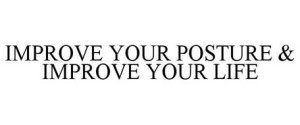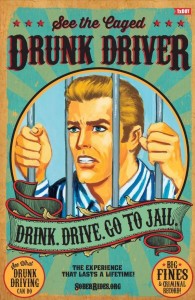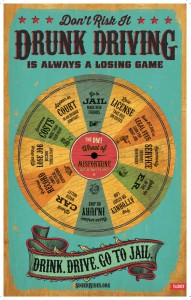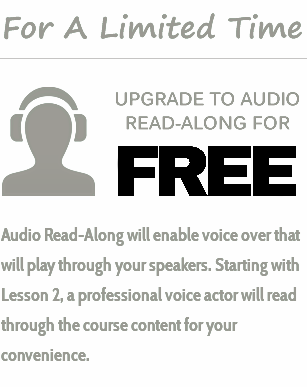
While you are on the road there are high chances that you can meet a rash driver. While driving, no one thinks that they are driving wrong but many of them are either aggressive drivers or wandering in the wrong lane which can cause trouble to others. At such time defensive driving skills can help you to avoid any road accident. Having defensive driving skills can’t control the actions of the other drivers but can save you or lower the chances of getting hit by another driver.
Here are a few tips to improve your defensive driving skills.
Focus on your driving:
When you go on the road you need to focus on many things like your speed, traffic signs, signals, road markings, your position, checking side mirrors as well as observing the fellow drivers. So focusing on your driving is the key to reduce the risk of being hit by anyone. Distractions like checking your phone, texting, calling, arguing, looking outside at the passengers and eating could distract you.
Physically Check Blind Spot Before changing the lane:
If you want to change your lane then looking at the mirrors is not enough to make a spot for you. To reduce the risk and make sure that you can enter another lane without causing any trouble, you need to physically check the blind spot.
Maintaining the Safe Distance between the others and Your Car:
Maintaining a safe distance between your car and the vehicle in front of you can save you from any collision when they suddenly hit the brake. You must keep a distance of two seconds between you and the vehicle that is in front of you while you are driving in good weather. If you are driving in bad weather then you should keep a distance of a few more seconds.
Don’t Depend on Other Drivers:
Be considerate while driving but don’t expect the same from your fellow drivers. If you want to change the lane, don’t expect that the other driver will let you merge in the lane, make your spot. You need to trust your driving skills to avoid getting a traffic ticket. Prepare yourself for the worst-case scenario while on the road and keep yourself calm while something bad happens.
Keep Your Speed in the Limit:
The key to safe driving is keeping your speed low. A high-speed vehicle is difficult to control when something bad happens. The major of road accident is over speed, the posted speed is considered appropriate for the good weather and road conditions, so while you are on road you need to keep your speed low to control your vehicle.
We offer all kinds of essentials that are required to satisfy the Traffic Courts in Houston. We are offering the shortest and lowest price courses that you can complete on your own schedule. Sign up now to register yourself for the desired course offered by us.
defensive driving course in texas
certified defensive driving course texas
defensive driving course
a traffic ticket in texas
defensive driving in texas
defensive driving school near me
defensive driving school
a defensive driver in Texas
texas traffic school near me
| defensive driving certificate texas |
| defensive driving class near me |
| defensive driving texas online |
| defensive driving training texas |
| online defensive driving instruction texas |
| defensive driving instruction texas |


















